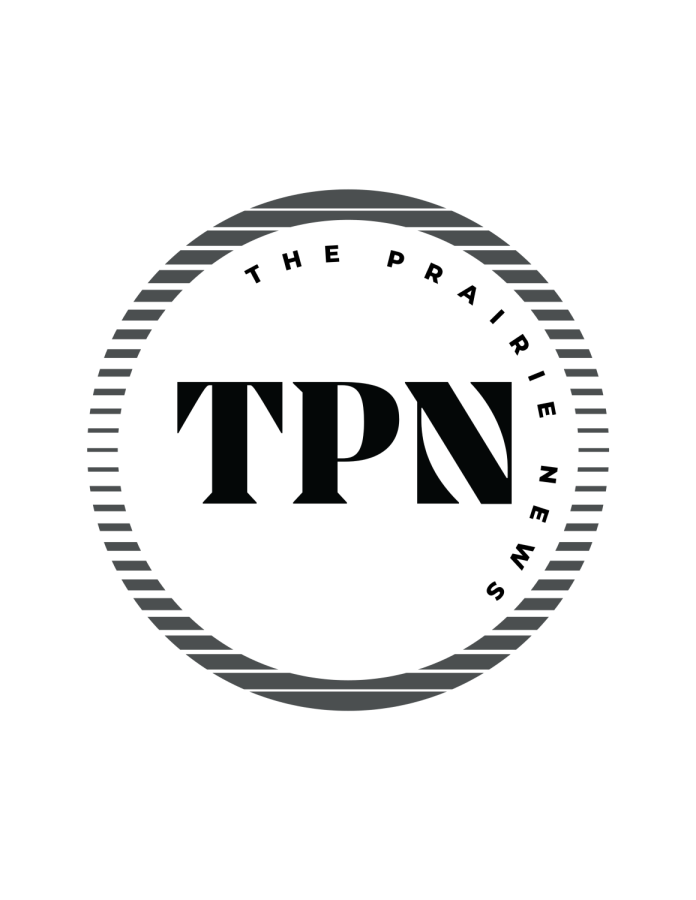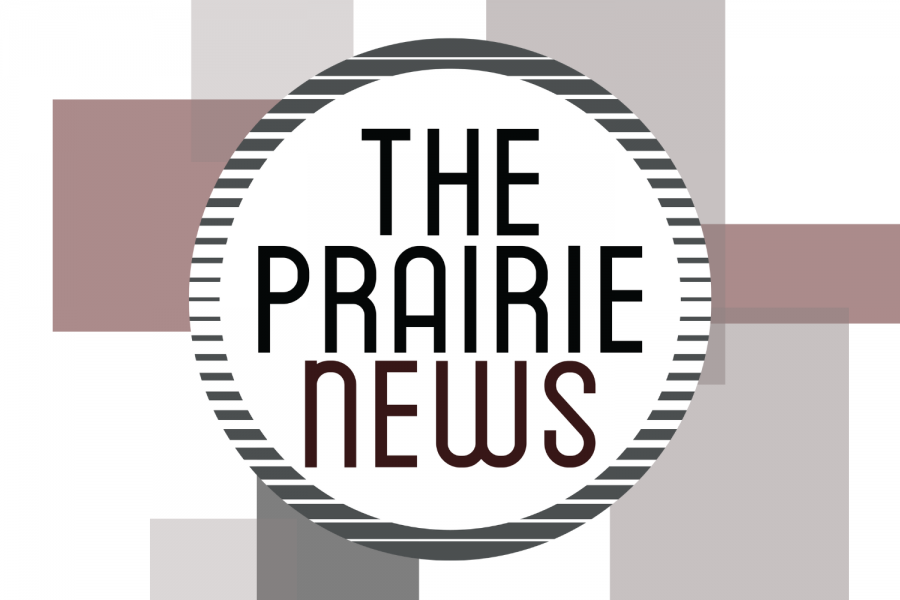In a world that is technologically driven, media consumers have a considerably large amount of news sources available to them, essentially at their fingertips. Consumers have the power to read/watch/listen to news that comes from major cable companies such as CNN and Fox, major newspapers like the New York Times and major radio news outlets like NPR. They also have access to local newspapers and TV and radio stations. But with great power comes great responsibility.
As journalists, it is our job to report truth. It is our job to seek truth in every single topic on which we report, and we report if fully. It is our job to seek out and disseminate competing perspectives on various topics and issues. We minimize harm by simply presenting the facts, and we refrain from reporting on groups with which we as individuals are affiliated.
As journalists, it is our job to tell the public what is happening. We present the facts at hand and communicate to our readers what people on multiple sides of the issue are saying. It is ultimately up to the reader to decipher the story and form his or her own opinion.
However, the line gets a little blurry when the pundits, or “talking heads,” on TV begin spinning off ideas of what their audiences should think about various topics and issues. The pundits on major cable news stations sit around talking about issues with a very narrow mindset and heavily influence the minds of their consumers.
Instead of presenting facts, they share their own opinions, and their opinions are not always the most popular among their audiences. That’s when the profession of journalism begins to get a bad reputation.
Viewers will get angry and defame the profession and professionals of journalism because of the pundits on television, but it is important to know and understand that what you see on TV is not journalism, even in the slightest sense. Like mentioned above, journalists present the facts at hand and the opinions of those who represent all sides of the situation.
While we as journalists do have an influence on what people think about, it is not our job, in any form or fashion, to tell people what to think about these things.
On the other end of the spectrum, readers should consider obtaining their news from more than one source. A survey conducted by the Pew Research Center in 2014 showed that a significant number of web-using adults actually get some of the news about government and politics from a source they distrust. Only 78 percent of the survey respondents claimed to get their news from sources they either trust or are neutral to.
While it does seem baffling that about 20 percent of mass media consumers turn to sources they do not trust, it can be beneficial, but only if that is not their sole source of news. If one gets their news only from their favorite source, they risk of inhaling biased information. Informing oneself about the same topic from a different source allows one to expose him/herself to differing views and perspectives.
While cable news can be a convenient source for many, it shouldn’t be one’s sole source, or even a major source at that. Major cable companies and their pundits tend to add shades of gray into what should remain black and white. Mass media consumers should be aware of this and take that into consideration when searching for news sources.
Consider turning to a print news product as one of your main sources, as well as a radio platform or podcast. With the amount of technology at our fingers, reliable sources are readily available for consumption.










